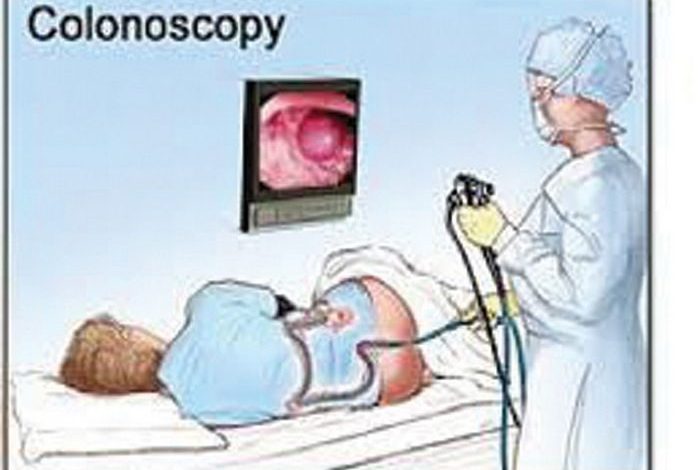

By Dr Saravana K.


Polyps and tissue samples can be removed through the scope during a colonoscopy.
Your doctor may recommend a colonoscopy to:
- Investigate intestinal signs and symptoms to explore possible causes of abdominal pain, rectal bleeding, chronic constipation, chronic diarrhoea.
- Screen for colon cancer. If you’re age 50 or older and at average risk of colon cancer – a colonoscopy is recommended every 5 years. The risk of developing colon cancer is reduced by 90% after a single screening colonoscopy done at age 50.
- Look for polyps. This is done to reduce your risk of colon cancer. Polyps removed during colonoscopy are sent for analysis to determine their nature.
A colonoscopy poses few risks and after discussing the risks of colonoscopy with you, your doctor will ask you to sign a consent form authorising the procedure.
How do you prepare?
Before a colonoscopy, you’ll need to empty your colon. Any residue in your colon may obscure the view of your colon and rectum during the exam.
To empty your colon, your doctor may ask you to:
- Follow a special diet the day before the exam. Typically, you won’t be able to eat solid food the day before the exam. Drinks may be limited to clear liquids. Avoid red liquids, which can be confused with blood. You may not be able to eat or drink anything after midnight the night before the exam.
- You will be instructed to take laxatives in fluid form the night before your colonoscopy.
- You may need to use an enema – either the night or a few hours before the exam – to empty your colon.
- Adjust your medications. Inform your doctor of your medications at least a week before the exam.
If you take aspirin or medications that thin the blood, such as warfarin, Pradaxa, Xarelto or Clopidogrel you may need to adjust your dosages or stop taking the medications temporarily.
What you can expect


You’ll begin the exam lying on your side on the exam table, usually with your knees drawn toward your chest. The doctor will insert a colonoscope into your rectum. The scope contains a light and a tube that allows the doctor to pump air into your colon. The air inflates the colon, which provides a better view of the lining of the colon. When the scope is moved or air is introduced, you may feel abdominal cramping or the urge to have a bowel movement.
The colonoscope also contains a tiny video camera at its tip. The camera sends images to an external monitor so the doctor can study the inside of your colon. The doctor can also insert instruments through the channel to take tissue samples or remove polyps.
A colonoscopy typically takes about 20 minutes to an hour.
After the exam
After the exam, it takes about an hour to begin to recover from the sedative. You may feel bloated or pass gas for a few hours after the exam, as you clear the air from your colon.
Your doctor will review the results of the colonoscopy and then share the results with you.


